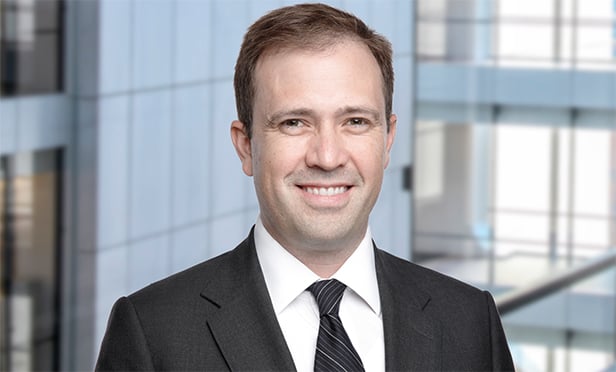LINCOLNSHIRE, IL—The post-recessionary stars are aligning and the industrial market is back. So says Mark Goode, SIOR, a principal at locally based Venture One Real Estate LLC. According to Goode, sensible deals are getting capital and there's a growing population of tenants ready to move into a tight inventory of product, paving the way for a new round of build-to-suits.
“People trying to get sensible projects financed are finding competitive capital from banks, insurance companies and mortgage providers,” he says. Lenders, gun-shy since the downturn, are still very conservative in their terms, but “they're providing capital at a reasonable cost. Those costs have come down to almost pre-recession levels.”
That capital availability comes at a watershed time in the evolution of the industrial market, says Goode, namely a return to stateside manufacturing. “Onshoring is real,” he says. “Companies are bringing manufacturing and production back from overseas, realizing its better to design and build where you sell.”
He points out that car and truck manufacturers in particular are leading the trend. Recent news bears out the claim: BMW in the past few weeks committed roughly $1 billion to expand its Spartanburg, SC plant. And the resurgence of manufacturing has the ripple effect of promoting more distribution and supply space, further fueling the industrial need.
The trend toward build-to-suits stems in large part from the current lack of class A inventory, Goode notes. “A lot of the existing product was built prior to 2010,” he says. “The supply of functional buildings is decreasing.”
As a result, he notes, there's virtually no regional market that won't see growth in new class A industrial stock. “All the markets now have a decent demand side,” he says. “The question is what they can afford to pay in rent and what the right value is. But across the board, all markets are decent markets to invest in right now.”
Interestingly, while office-market strength is tied to the vagaries of job growth, not so industrial, despite “one or two reports” indicating that employment in this sector is down. Those figures “don't correlate to space usage in an industrial building,” he says. “If someone is using robotics they might have 400 people employed now as opposed to 500. But they're producing more and using the same amount of space. You can do more with less.”
And all of that bodes well for the industrial sector as a whole, and Goode sees it as a trend lasting well beyond the mid-term. “The market will remain strong in the long term and there will continue to be capital available for deals.”
The critical issues facing a shifting marketplace will take center stage when SIOR convenes for its Spring World Conference in Las Vegas, April 22-25. Click here for details.
Want to continue reading?
Become a Free ALM Digital Reader.
Once you are an ALM Digital Member, you’ll receive:
- Breaking commercial real estate news and analysis, on-site and via our newsletters and custom alerts
- Educational webcasts, white papers, and ebooks from industry thought leaders
- Critical coverage of the property casualty insurance and financial advisory markets on our other ALM sites, PropertyCasualty360 and ThinkAdvisor
Already have an account? Sign In Now
*May exclude premium content© 2025 ALM Global, LLC, All Rights Reserved. Request academic re-use from www.copyright.com. All other uses, submit a request to [email protected]. For more information visit Asset & Logo Licensing.








